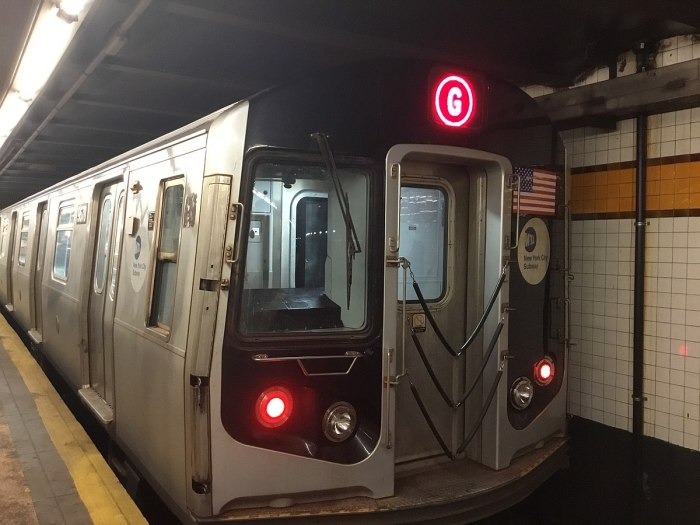U.S. Immigration and Customs Enforcement sent out a news release late Tuesday afternoon announcing the results of a three-day operation in New York. Thirty-one individuals here illegally were arrested, the process of their deportation begun.
It was business as usual for ICE, which oversaw more than 240,000 deportations in fiscal year 2016 under President Barack Obama. ICE spokeswoman Rachael Yong Yow wrote in an email that the operation was “nothing new. And I would say that the number in NYC is on par for past operations.”
It was also business as usual for ICE under President Donald Trump, who spent his campaign slamming immigrants here illegally and quickly translated that rhetoric into policy as president, expanding the types of crimes or violations that would make someone a high-level priority for deportation.
Of the 31 individuals arrested in New York in the latest effort, for example, 12 were identified as having “driving under the influence” as their most serious prior conviction.
Ratcheting up the pressure
Advocates and lawyers say New York’s immigrant communities are watching these ICE operations with concern.
Sarah Gillman, a supervising attorney for the Legal Aid Society’s Immigration Law Unit, says the nonprofit has heard from clients who are “uncomfortable” going to the hospital or taking their kids to school after seeing media accounts of ICE officers taking people into custody.
Mostly, there’s “a lot of fear and uncertainty in terms of who they are targeting.” Will it be the person wanted for assault, or someone convicted of non-violent offense years ago?
For immigrants here illegally or even permanent residents who get on ICE’s deportation radar, a difficult and often demeaning process awaits. Deportation hearings are technically civil proceedings, says Gillman, but they can look fairly criminal when New York residents go through immigration court at Varick Street. There, depending on ICE stipulations, Gillman says they can be brought out with body shackles and hands cuffed together.
Because ICE has no federal facility in NYC, the agency contracts with county jails to detain potential deportees. Two are in New Jersey, and the other is in upstate Orange County, some 70 miles away.
Gillman says the Orange County facility is particularly tough to reach by public transportation, making visits difficult for the families of lower-income clients who don’t have cars.
Since 2013, the New York City Council has funded lawyers for immigrants facing deportation proceedings through the New York Immigrant Family Unity Project. Legal Aid is one of the groups participating in that project.
Naturally, individuals with lawyers tend to fare better than those without, but there is no constitutional right to representation for these people. A 2011 study convened by a federal judge found that just 3 percent of detained, unrepresented individuals had successful petitions, versus 18 percent of those with lawyers.
Gillman, on her way back from facilities and court cases in New Jersey on Wednesday, said Legal Aid had seen an “uptick” in cases coming through the free representation project under Trump, but it is too early to know how different Trump’s deportation policies will be than Obama’s in terms of the raw numbers of people actually deported.
The public relations strategy is the message
What is clear, though, is that both ICE and the Trump administration are committed to displaying a tough-on-illegals theme. ICE put out the second Declined Detainer Outcome Report this week: a naughty-nice list mandated by executive order that shows all the attempts ICE made to detain immigrants here illegally heading for deportation, and all the so-called sanctuary cities who have blocked them (New York is now near the top of that list).
Wednesday, Trump trumpeted Customs and Border Protection numbers that show a 64 percent decrease in the number of individuals apprehended or deemed inadmissible near the southern border in March compared to last year. The implication: the migrants know enough to stay away.
Other politicians have more explicitly pushed a philosophy of “self-deportation” in the past: if things were bad enough for immigrants here illegally, maybe they’d leave.
Daniel Altschuler, managing director of Make the Road Action, says that’s not what the immigration advocacy group is hearing in NYC, where individuals are often embedded deeply in the community or have been here for years: “The overriding thing we’ve been hearing from our members is that folks are here to stay and not going anywhere,” Altschuler wrote in a text message.
Instead, there’s just a lot of concern, by immigrants who are waiting and watching.
































